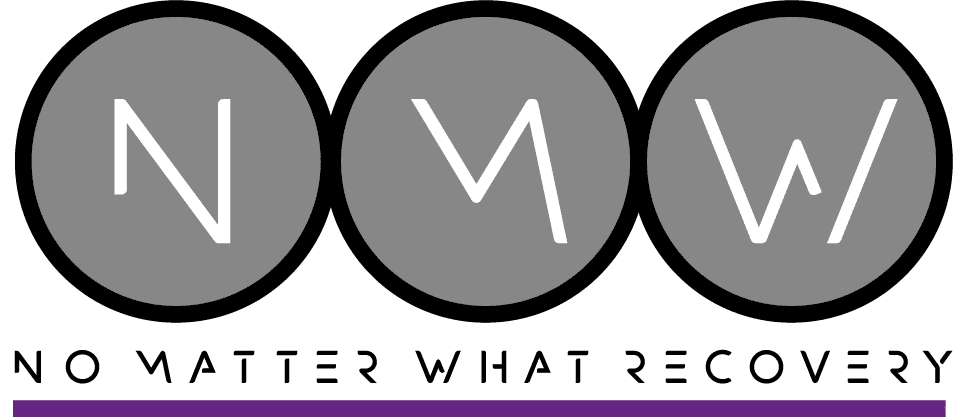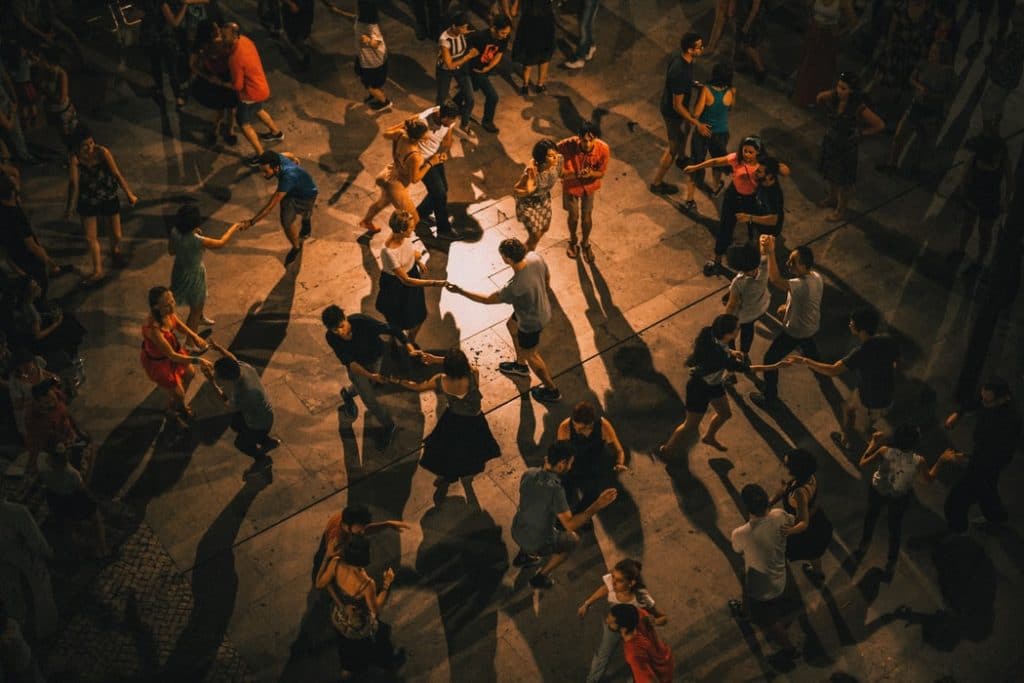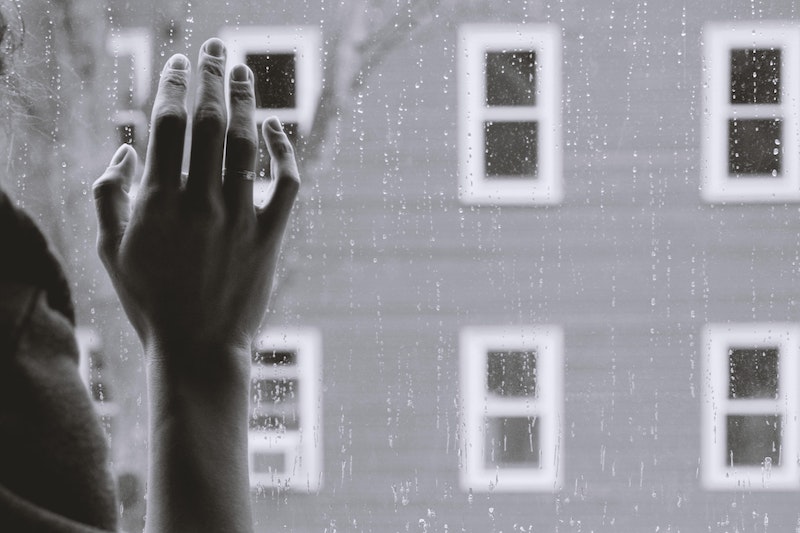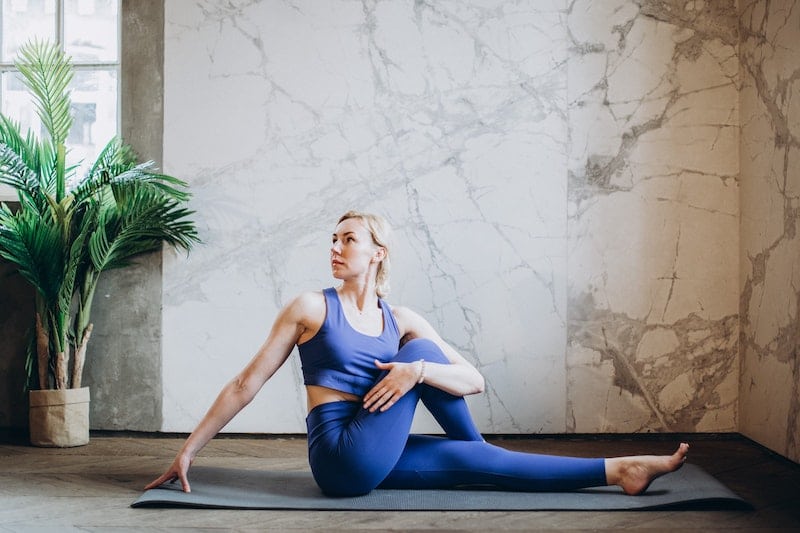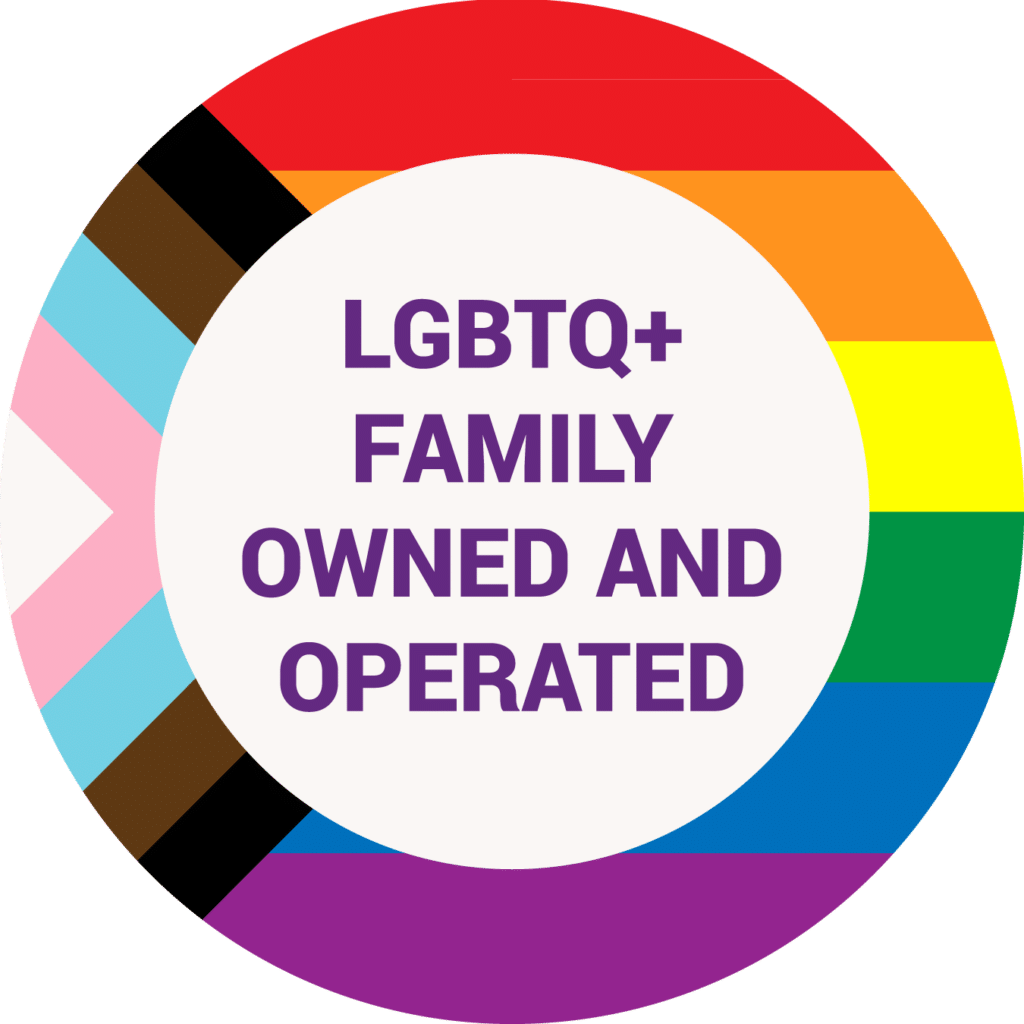Can you imagine yourself dancing your way through treatment for your addiction?
When you go into a treatment program for drug addiction or substance abuse, it isn’t just your brain that will be attending. Your whole body goes, too. Listening to your body might be key to living a sober life.
While in treatment, you will likely encounter many different therapies, including creative therapies. Dance movement therapy may be one of your options. Dance movement therapy programs are becoming more and more common because they have proven successful for many individuals who are struggling with addiction.
But what is dance therapy? How can you use your body to process and relieve trauma? Read on to learn about this expressive form of treatment and whether or not it may be right for you.
What Is Dance Movement Therapy?
Have you ever really connected with a song? Did listening to the melody or the lyrics make you feel understood or less alone? Sometimes we gravitate toward the music that helps us to process our emotions.
Music can make us cry! It can make us want to dance! That is why music therapy has been viral in many treatment settings.
Dance movement therapy combines the emotive power of music with the expressive power of dance. The overall goal is to improve the general well-being of the dancers. In essence, dancing makes people feel good!
You don’t need to have dance training to participate in dance therapy fully. It can be as simple as learning to stretch and feel present in your body. If you do have some dance training, dance therapy programs can be a great way to use a familiar language to express yourself during treatment.
Dance Therapy Breaks the Routine
For many individuals living with addiction, daily routines revolve around using substances. You may find yourself in a pattern that can be hard to break or disrupt. Often, individuals with addictions lose touch with their lives before addiction.
This includes losing touch with your body. Has your body changed since you began using drugs? Does it move the same, feel the same?
Dance therapy is a way to break the routine and re-connect with your body as it is. It encourages mindfulness, which is an important component of treatment for many individuals. It provides structured time to work on feeling present in your body and accepting your given circumstances.
If you are on medications to help with addiction, they may change the way you function. Dance therapy can help you learn to function through those challenges.
Dance Is Communication
Some of us find it easy to participate in talk therapy or work through trauma in groups. For some of us, it takes more time. Dance therapy can be a way to communicate while you are warming up to a therapist or group.
If you have ever watched a dancer perform, you know how expressive the body can be. That is because our bodies are home to all of our tension. Everything we have ever experienced happened while we were present in our bodies.
Many dance therapy activities can help you become comfortable with other individuals in treatment. Interacting through movement games and activities can feel safer than jumping right into therapy. It allows you to build trust and open yourself up in a low-pressure environment.
Dance Lets You Become Someone Else
Individuals in treatment have heard a lot of labels. You may think of yourself as an addict or a drug abuser. People in your life may have called you names, which you might have internalized over time.
You know that you are more than your drug addiction. Dance therapy is a way to help you transcend any labels that others have placed on you. You can use dance to challenge your own perceptions about who you are, too.
You can be expressive! You can be free and confident and joyful! You can be a dancer!
If you have never thought of yourself as a dancer, it can be surprising to learn what you can do with support. A qualified dance movement therapist will be there to encourage you. The therapist can help you process through playful activities and helpful encouragement.
What Happens During Dance Therapy?
Every therapist will run their session differently, and no two dance therapy sessions will be alike. With that said, there are a few components that you can expect during an average dance therapy session.
Warm-Up
Your therapist won’t expect you to launch right into a dance routine! Most sessions begin with some warm-up to help you wake up your body and become comfortable in the space. Often, these warm-ups include games and fun activities that will get you moving.
Theme Development
Everyone comes to dance movement therapy with goals. These may be personal goals or goals that your treatment team has for you. You will spend the majority of the session working toward those goals using dance and movement.
This will look different for everybody. Themes you may be working on might include communication, processing trauma, or building confidence. You will do this through various movement activities, supported by your therapist and other group members.
Cool-Down
Usually, after the hard work of a dance therapy session, there will be some time to return to calmness. During the cool-down portion of the session, you will be able to stretch gently and reconnect with your breath.
Closure
Sometimes a dance therapy session is a fun way to let off steam. Sometimes it brings up emotions or memories. Every dance therapy session provides an opportunity to discuss anything that may have come up for you during the session.
Your therapist will not let you return to the general population if you need time to process or calm down. They are there to help support you as you work toward growth.
You might also use this time to talk about using what you learned outside of dance therapy.
Dance Movement Therapy at No Matter What Recovery in Los Angeles
Dance movement therapy is just one component of a holistic approach to addiction recovery. It is most effective when it is part of a comprehensive treatment program. If you are working toward sobriety, dance therapy might be an important part of your individual treatment plan. If you seek a holistic treatment program in Los Angeles, No Matter What Recovery is here to support you. They have addiction treatment programs intended to support your mind, body, and spirit. Contact NMW recovery to learn more about how to achieve sobriety through dance movement therapy and more.
